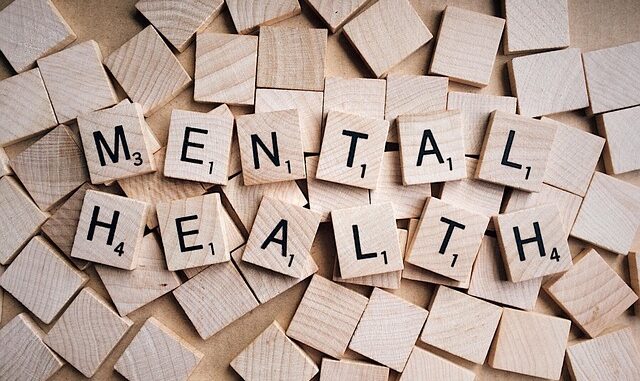
Summary
This article explores the uncertain future of nationwide mental health helplines, particularly in light of technological advancements and evolving care models. It examines the pros and cons of helplines, discusses their role in the broader mental health landscape, and considers how they might adapt to remain relevant. The article also touches upon alternative support resources for those struggling with mental health challenges.
** Main Story**
Mental Health Helplines: A Crossroads
The future’s uncertain, isn’t it? Especially for those nationwide mental health helplines we rely on. Technology’s reshaping everything, and these crucial lifelines are finding themselves at a bit of a crossroads. While their accessibility and that sense of anonymity are still incredibly valuable, we’ve got to ask ourselves some tough questions about their long-term effectiveness and their place in this increasingly digital world.
Weighing the Good and the Bad
Now, helplines definitely have their pros. They offer immediate access to support, anonymity, and are generally pretty cost-effective. If someone’s in crisis, they’re a crucial first step, a safe space to vent without judgment. Plus, they can offer a vital sense of connection and help de-escalate things in a really tough moment.
That said, they’re not without their limitations. Let’s be real, they’re often staffed by volunteers. Wonderful people, no doubt, but they might not always have the specialist training needed for really complex mental health conditions. And while they’re great for immediate support, they can’t provide long-term care or build that therapeutic relationship that’s so important for sustained recovery. And what happens when call volumes spike? Limited resources often mean long wait times, which can, and does, deter people who are in desperate need, and that is not a good thing!
Navigating the Digital Shift
The rise of technology is a double-edged sword for helplines. On the one hand, digital platforms are offering new avenues for support – online therapy, mental health apps, peer support forums, you name it. They’re often more flexible and convenient, appealing to a wider range of people. It’s hard to deny the appeal of that, and its great!
On the other hand… we have to be careful about the quality and effectiveness of these digital interventions. There’s a bit of a wild west element going on, you see? The lack of regulation and standardization is worrying. Not all platforms offer the same level of support, and some might not have the oversight you’d expect from a traditional helpline.
Adapting or Becoming Obsolete?
So, how do helplines stay relevant? I think they need to adapt, and fast. Integrating tech, like online chat and text messaging, can boost accessibility and reach more people. Collaborating with digital mental health platforms could make it easier to transition people to longer-term care and specialized support.
- Invest in Training For example, investing in training for staff can improve their ability to handle complex cases and offer better interventions, and I can’t stress this enough.
- Strengthen Partnerships Furthermore, strengthening partnerships with local mental health services is key to ensuring continuity of care and better access to resources.
Beyond Helplines: Exploring Other Options
For people who need long-term support or specialist care, there are other options out there, of course. In-person therapy lets you build a real therapeutic relationship and tackle the underlying issues. Support groups create a sense of community, reducing isolation and fostering connection.
Digital platforms can also be helpful when chosen carefully to supplement traditional therapy, for example. Mental health apps can offer tools for self-monitoring and coping skills, while online forums connect you with people who understand what you’re going through.
Ultimately, the best resource depends on what you need and prefer. Helplines offer valuable immediate support, but seeking professional guidance is crucial for long-term recovery. Personally, I think a combination of things, like therapy and peer support, is often the best way to achieve overall well-being.
The Future of Support: A Blended Approach?
As technology continues to change the landscape, helplines need to evolve to meet the changing needs of the people they serve. By embracing innovation and collaboration, they can remain vital lifelines for those struggling with mental health challenges. It’s not about replacing them, but about enhancing them and integrating them into a broader, more accessible system of care. Do you think that’s possible, and if not, where do we go from here?


Be the first to comment